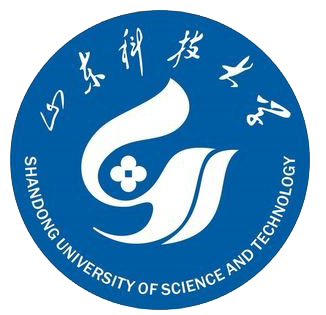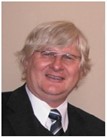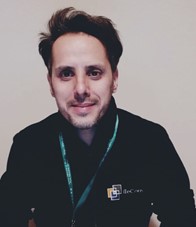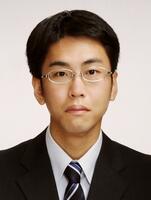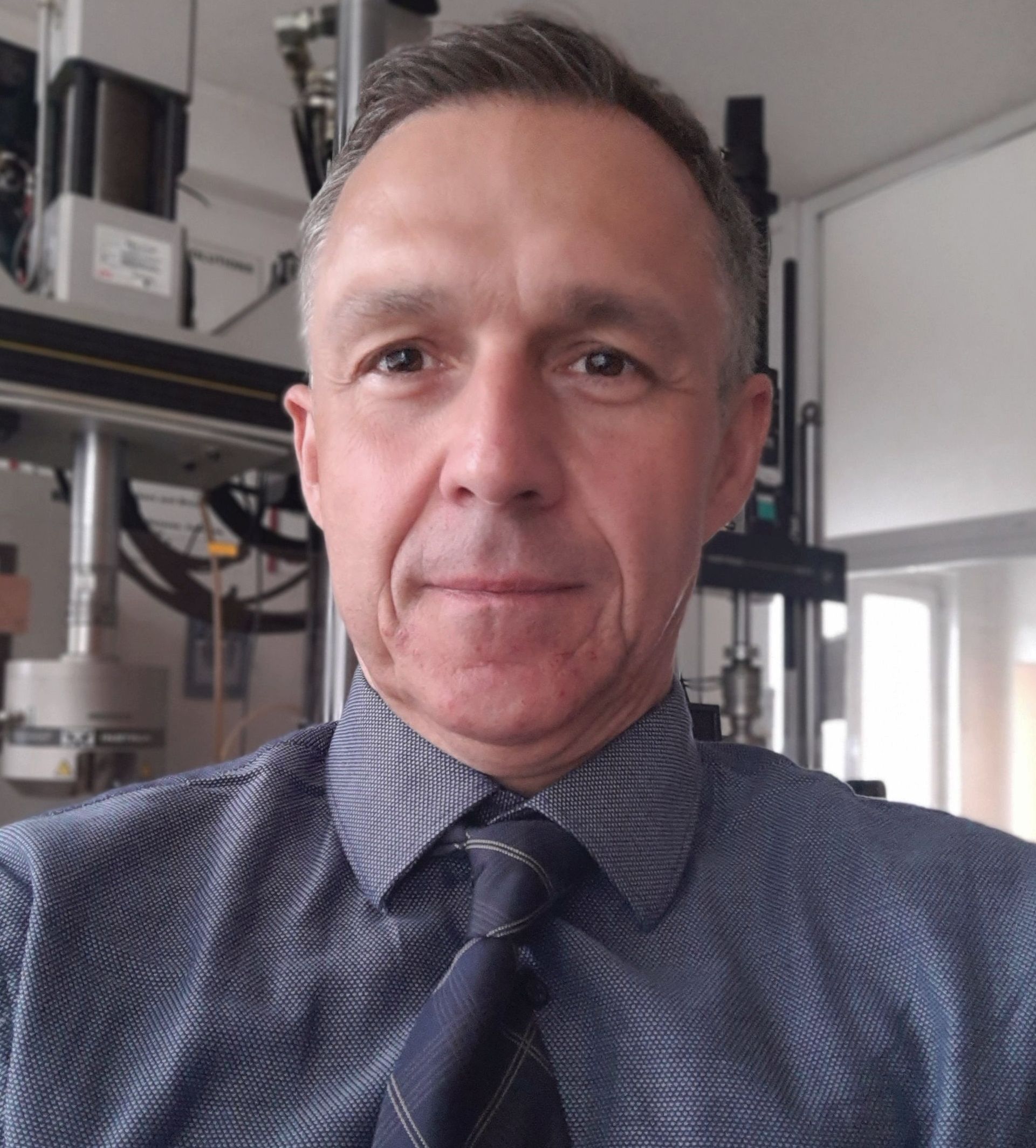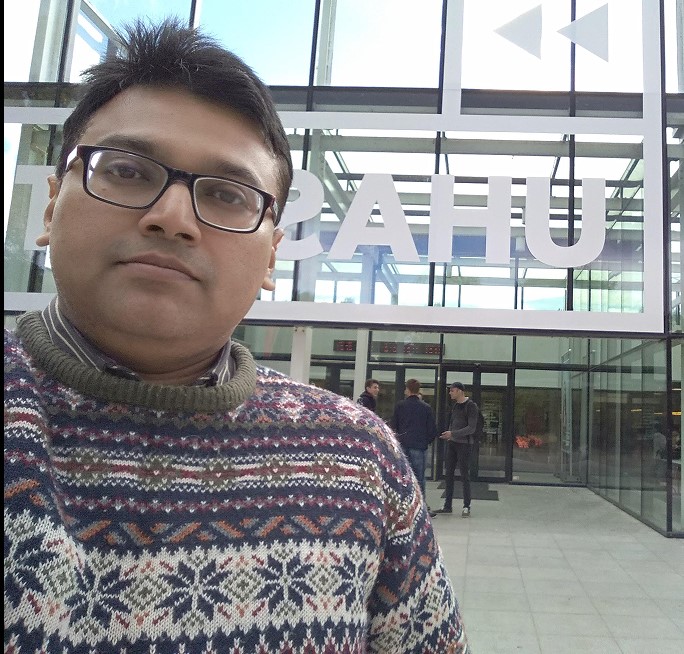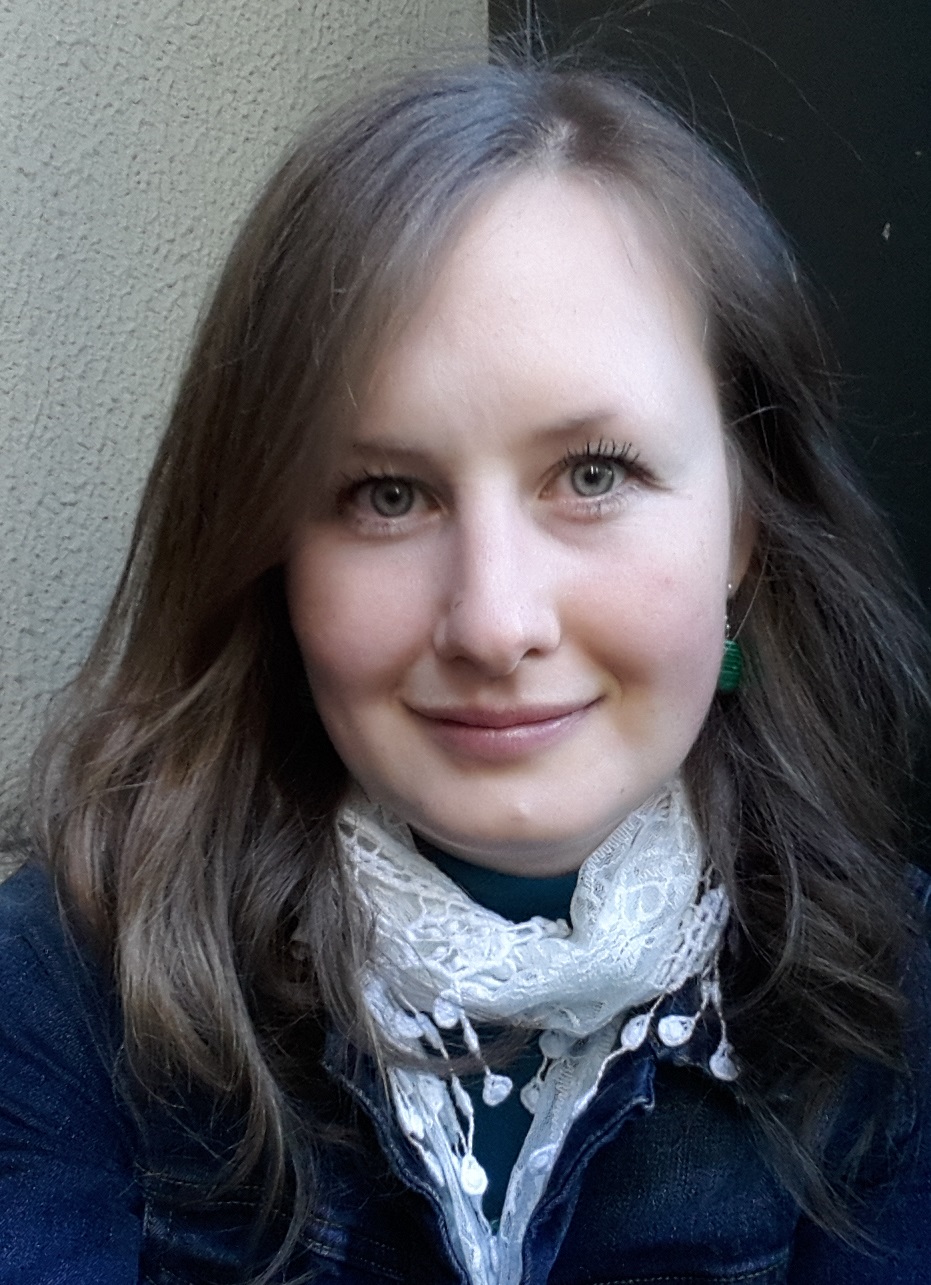Invited Speakers
Prof. Miklos Zrinyi
Department of Biophysics and Radiation Biology, Semmelweis University, HungarySpeech Title: Mechanical Behavior of Fibrous Materials
Abstract: Fibrous materials are becoming critical technological applications due to their high mechanical performances and low mass. When the fibrous texture is subjected unidirectional strain along one of the axis, the deformations are inherently nonlinear the corresponding stress depend on the underlying material properties. It is widely accepted that the mechanical behavior depends on the strength and the toughness of single fibres as well as on their geometrical arrangement. Little is known on the deformation mechanism and rigidity of spun fabrics despite of the fact that strength and load bearing capacity of these materials are important factors for several technological and biomedical applications. Unidirectional strain-controlled experiments on fibrous electrospun networks during elongation have been studied. The aim of the project to determine and classify the essential mechanical and structural parameters that control the elasticity of biological- and artificial fibrous tissues. Experimental technique combined with the modern statistical theories provide significant potential for the characterization of fiber texture during deformation and suggests reliable mechanical models. The study aims were also to understand and characterize the damage formation in weak electrospun fibers subjected to an external force. We have found a characteristic (typical) load - elongation dependence for the 2D electrospun fiber mats. At the beginning of the applied load, the force has an approximate linear relationship in the low strain regime. At some higher elongation, the slope of this dependence is continuously decreasing and the stress reaches a maximum. Then, increasing the extension, the force declines. Detailed analysis of the shape of the loading curves were carried out by enlarging parts of the loading curves. We have found at small scale that the loading curves show tooth-like profile. These experiments reviled that the unusual loading curve is the result of continuous stiffness reduction caused by damage formation due to either rupture of adhesive fiber-fiber bond fracture or fiber degradation. It is important to know how microscopic failure processes gives rise to macroscopic deformation. Two basically different theoretical approaches have been introduced recently. The Fiber Bund Model (FBM) and the Sacrificial Bond and Hidden Length (SBHL) model. The FBM model takes into account the fiber breaking during deformation, the SBHL model describes the effect of fiber slipping and uncoiling. Both approaches result in similar sequential force drops during elongation, however the FBM model predicts stiffness reduction, while the SBHL model predicts toughening during elongation. Our working hypotheses is based on the assumption, that in real weak fibrous texture, both fiber sliding and unfolding as well as fiber splitting occur during deformation. In this proposal an effort is made to interpret of the unusual mechanical properties of weak fiber texture on the basis of these theoretical models. Numerical simulation based on FBM and SBHL model provide a better understanding of mechanism of deformation. The reported experimental technique has significant potential for the characterization of fiber texture and suggests a further numerical simulations and development of probabilistic models for the load bearing behavior of electrospun fibers.
REFERENCES:
E.Sipos,T.Kaneko, M.Zrinyi: SCIENTIFIC REPORTS 2816 6 (2019)
E.Sipos, M.Zrinyi: JOURNAL OF MOLECULAR LIQUIDS 329 115459 (2021)
Dr. Enrico Zacchei
Itecons – Institute for Research and Technological Development in Construction, Energy, Environment and Sustainability, PortugalSpeech Title: Multifactorial and Multiphases Models for Chloride Ingress in RC Structures under Unsaturated Conditions
Abstract: The attack of chloride ions is one of the most important factors affecting the durability of reinforced concrete (RC) structures. The ingress of chloride ions into concrete is usually studied by assuming constant diffusivity and constant surface chloride concentration. However, these two approximations could estimate in an unsatisfactory way the chloride concentration in structures thus the lifetime assessment. Several factors influence the chloride concentration and ingress mechanisms in the convection area. In this presentation, a new time-dependent multifactorial and multiphase model that accounts some effects on chloride surface concentrations in the convection zone is proposed. Several values have been collected to identify the position and the chloride concentration in the section between the diffusion and convection zones. Diffusivity, which is the key parameter of the mechanical diffusion, accounts the water/cement ratio, chloride binding, temperature, concrete age, humidity, concrete deformation, and damage. The surface chloride model considers environment humidity, temperature, irregularities of the concrete surface, and convection area of concrete. Advanced numerical solutions have been carried out to consider space and time dependencies in the model. Results show that the error function-based solutions could underestimate the chloride concentration C for periods < 10 years and for concrete depths > 4.0 cm.
Keywords: Chloride diffusion, superficial chloride, non-constant diffusivity, convection area, concrete irregularities.
Dr. Tetsuya Kanagawa
Department of Engineering Mechanics and Energy, University of Tsukuba, JapanSpeech Title: Solid-Liquid-Gas Three Phases Continuum Theory on Multiple Microbubbles Coated by a Visco-Elastic Shell: From Microscopic To Macroscopic Scales
Abstract: In ultrasound-based diagnosis and therapy, the dynamics of a microbubble encapsulated by a lipid shell is one of essential points. Although multiple bubbles are used as ultrasound contrast agents in practical diagnostic scenarios, previous theories have been restricted to the case of single bubble. The purpose of this talk is an extension of the previous theories on single encapsulated bubble to a theory on multiple encapsulate bubbles. The encapsulating shell is assumed as visco-elastic body, and the problem was formulated as solid (shell)-liquid-gas three phases continuum mechanics. Using the singular perturbation method to the set of volumetric averaged equations for gas-liquid two-phase medium and equation of motion of bubble encapsulated by a visco-elastic shell, we derived an weakly nonlinear evolution equation for ultrasound propagation in liquids containing multiple encapsulated microbubbles. As a result, we found that the surface tension and viscosity of shell contribute the nonlinear and dissipation effects of ultrasound.
Dr. Tadeusz Szymczak
Department of Vehicle Type-Approval & Testing, Motor Transport Institute, PolandSpeech Title: Engineering Mechanics for Automotive Industry Basing on Components To Special Vehicles
Abstract: Structural materials and components for the automotive industry play an important role in vehicle safety. Therefore, they should be tested in different manners collecting a lot of results in a form of digital data, schemes, courses and photos. In this approach, many features of the tested objects can be evidenced to the research-development and scientific stages. Therefore, the presentation covers many experimental approaches to determining the behaviour of different structural materials and components under static and fatigue loading. This collects data for a lot of variants of Rear Underrun Protective Device (RUPD) and mechanical coupling devices (A-50X class) at Digital Image Correlation measurements. In the case of RUPD results will be expressed by variations of displacement components in the 3D coordinate system under loading and unloading. Besides this kind of data for destruction regions will be shown in detail on cracks and deformation. They can be used directly in designing and modelling. Data from tests under cyclic loading in a form of force and displacement courses for specimens and huge components as well as photos reflect the behaviour of the tested object at different values of a number of cycles and at the final stage of tests. Structural materials are represented by modern high-strength grade steels (S700MC, S960MC) and aluminium alloy, recommend for Recovery Vehicles for roads and highway accidences. Results will be expressed by stress-strain curves, Wöhler curves and fracture zones with respect to a base metal. This enables to distinguish differences in behaviour, fracturing and values of fatigue limits, which can support many engineering and scientist approaches to research and development efforts as well as modelling stages, respectively.
Dr. Awadesh Kumar Mallik
Solvay Business School, Vrije Universiteit Brussel, BelgiumSpeech Title: CVD Diamond – Synthesis, Properties and Applications
Abstract: Unfortunately, the use of classical resonant cavity deposition reactors with the high CVD processing temperature, leads to a decomposition of GaN into elemental Ga and nitrogen gas under the hydrogen plasma CVD diamond growth environment. Here the GaN substrate temperature during deposition is lowered by using innovative linear antenna microwave plasma CVD processing. It was observed that a substrate temperature of around 400 oC could be achieved under a full input MW power of 3 kW, enabling high quality diamond deposition with Raman signal ratio of sp3 diamond to sp2 graphitic content as high as (Id/Ig) 93%. Substrate temperatures beyond 400 oC, could also be reached by employing an additional heater, and further diamond growth was thereby promoted on GaN/Sapphire substrates, leading to a well-facetted nanocrystalline diamond (NCD) film morphology. The successive evaluation of Raman spectra from different NCD on GaN films revealed that the Raman signal for sp3 diamond peak is the most intense one, when pulse mode microwave frequency of 20 kHz at 45% duty cycle was used while keeping the substrate temperature around 320oC. The resistivity of the bare GaN/Sapphire substrate was measured to be 22.2 ohm-cm by Hall four-point probe method. Whereas, NCD coated GaN/sapphire had a higher resistivity of 460 ohm-cm. Linear antenna CVD could successfully deposit nanodiamond films on GaN substrates however by changing the electrical conductivity values significantly.
Keywords: CVD, diamond, GaN, electronics
Dr. Anastasiia Krushynska
Engineering and Technology Institute Groningen (ENTEG), University of Groningen, The NetherlandsSpeech Title: Programmable Shape-morphing Rose-shaped Mechanical Metamaterials
Abstract: Shape-morphing is an attractive functionality desired in many applications, including robotic grippers, medical stents, wearable electronics, and others. It can be achieved, e.g., by properly combining materials with auxetic and conventional behavior. In this work, we develop a strategy to implement programmable shape-morphing function in so-called rose-shaped metamaterials with a large range of tailorable Poisson’s ratio subject to tensile loading. Specifically, we propose two design strategies for the metamaterial flat sheets delivering high shape comfortability or uniform effective stiffness, and three design strategies for the cylinder-shaped metamaterials, which cover the three fundamental deformation modes – extension, bending, and twist. The theoretical results are validated on SLA durable resin samples and reveal excellent agreement with the predictions. Our findings reveal a promising potential to program complex functionalities under simple loading by manipulating structural geometry and to develop practical metamaterial structures at comparatively low costs.
